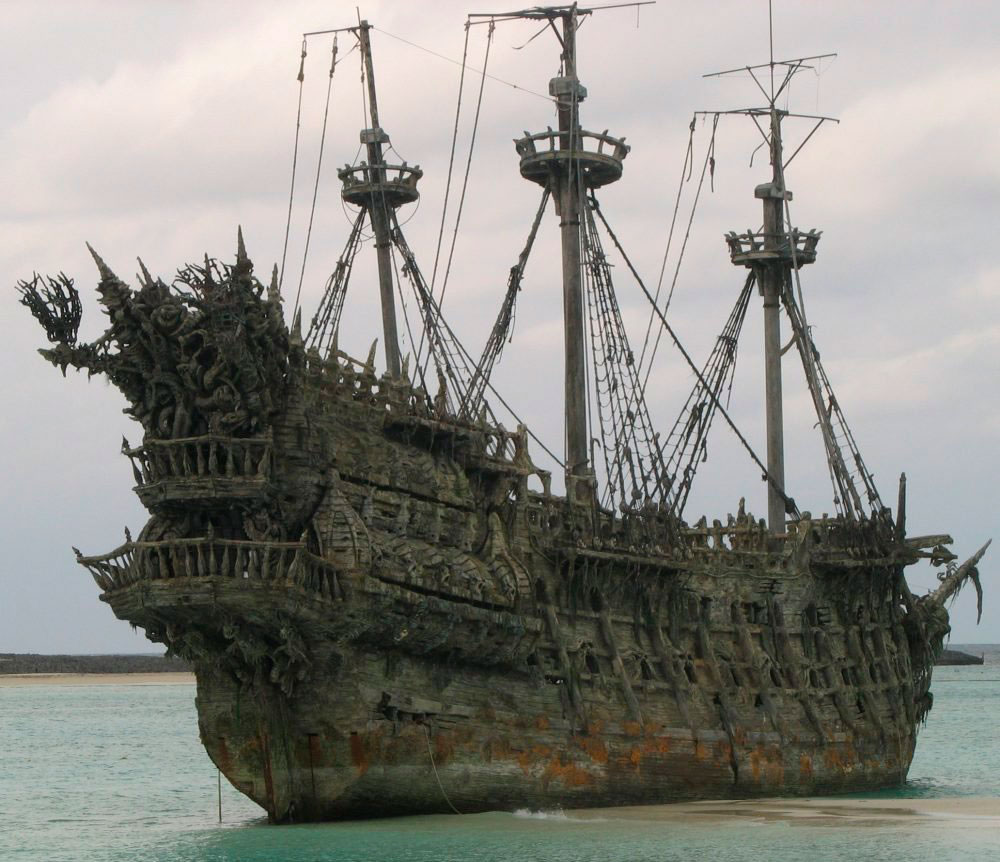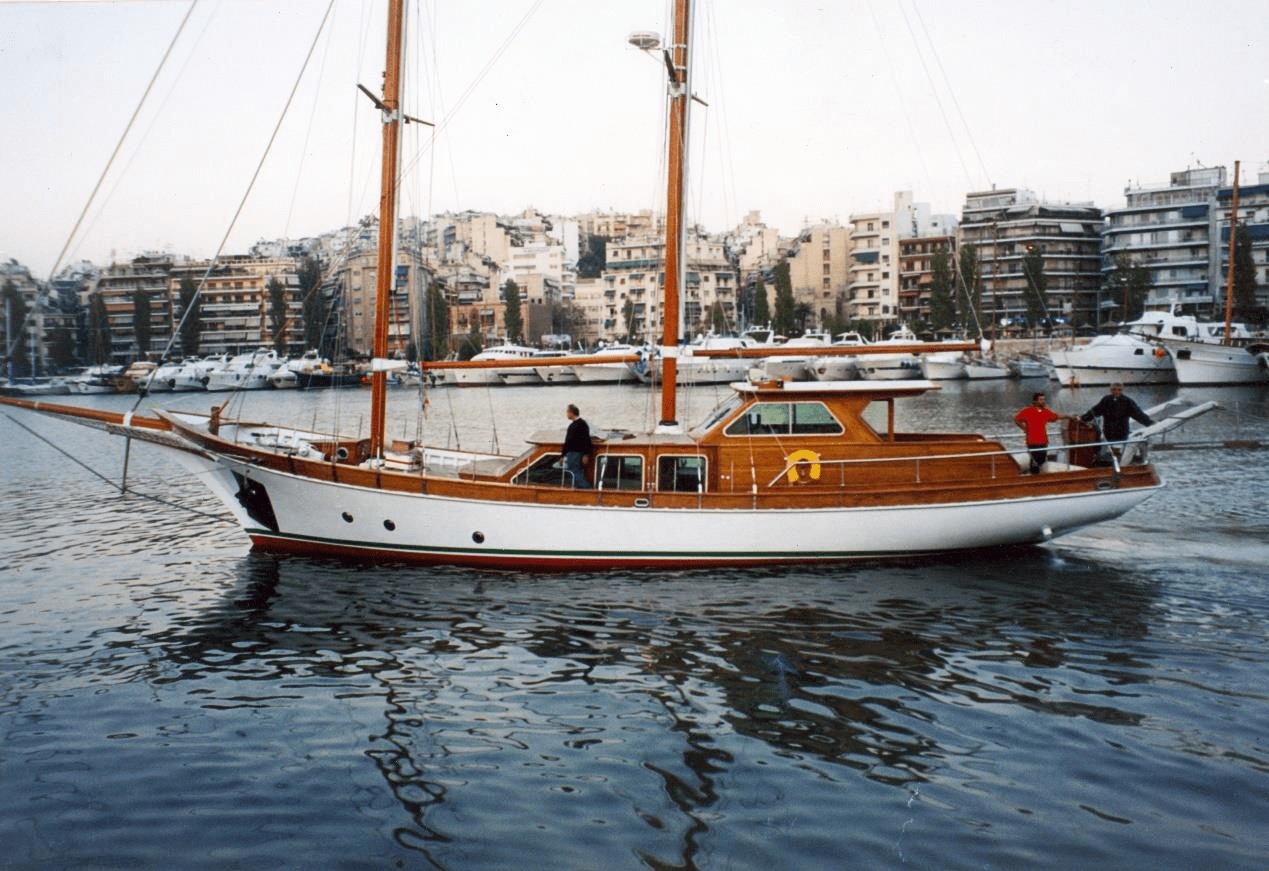The difference between a schooner and a clipper clearly lays in the type of sails of a schooner had. A schooner was primarily used to sail in the river and that’s where it got its
The difference between a schooner and a clipper clearly lays in the type of sails of a schooner had. A schooner was primarily used to sail in the river and that’s where it got its name. A clipper, on the other hand, was primarily used in the ocean. In fact, the American schooner Rattle opened the way for the construction of bigger and better clippers which are still being used today.
Now that you know the difference between a schooner and a clipper, how would you go about answering the question, “What is the difference between a schooner and a clipper?” To start with, let’s be clear that when we say “clipper,” we don’t necessarily mean the brand that most people know and love, the Royal Caribbean Cruise line of ships. Royal Caribbean is a very popular cruise line that offers many fun activities and games that make everyone, from kids to adults, enjoy themselves on their trip. However, they do have schooners available for those who prefer a more older, classic style of boat. When you’re looking at what is the difference between a schooner and a clipper, you have to make your choice based on the type of vessel you’re looking for.
The Royal Caribbean Cruise lines offer many different styles of clippers that will meet any personal taste or need. The Royal Caribbean Cruise lines also offer many special packages so if you’ve already decided what type of boat you want and what you want to do while you’re on vacation, it’s easy to find a package that will accommodate your needs and save money at the same time. The most important thing is to choose a ship, a plan, and a crew that will get you to your destination safe and sound!
What kind of ships did pirates use?
The question, “What kind of ships did pirates use?” is a difficult one to answer, because there are so many different types of ships and records of them floating around. The common pirate ship was an extremely fast wooden ship, that was armed with a few firearms on board and had a long mast that could be used to haul treasure or perhaps sail to new ports where the booty was good! Most pirate ships were of small or light constructions, but there were some larger ones which were used for battle, and there are also descriptions of larger pirate ships in books by Captain Cook. We do know that there were large warships that existed during the time period of the fifteenth century, but they were mostly used for battle and not for navigation.
Pirates would often attack other ships that were smaller than theirs in a bid to take supplies or booty. These ships would ram and try to sink these smaller ships, and if they succeeded in doing this, they took valuable cargo as well as their crew, and would often release the captured seamanship documents after the battle, which would give the crew members a morale boost, since they would feel like they had helped to get their ship to the top of the chart! Although piracy was a great way to make money, it also brought great destruction to shipping and industry. Some of the larger pirate ships may have taken hundreds of thousands of lives, sometimes all at once.
Nowadays, boats can be made out of almost anything that you can think of. A large ship might be used for a pleasure craft, like a speed boat or a fishing boat, and smaller boats can be used as rowing or water ambulance type vessels. Boats are generally made from a single material, such as wood, aluminum or fiberglass, although fiberglass might be stronger and more flexible than wood, which is usually used for gunboats and merchant boats. A ship can also be outfitted with an engine of some kind, with sails, oars or lighting equipment. Some ships were built with a lock and carry system, so that when you had to leave port, your boat was safely locked away in dry dock, and when you were ready to sail again, you could do so without having to put up with anyone looking over your shoulder.

How fast did boats go in the 1800s?
How fast did boats go in the 1800s? A question that would come to the mind of anyone who was lucky enough to be alive during the construction of America’s first large ocean-going vessels and a trip down memory lane would be the answer to this question. While it is impossible to measure the exact speeds boats would travel in their time of inception, there are some things that can be calculated.
The average ship would have had to travel at speeds of about twelve or more miles an hour in order to reach its destination, as well as a maximum speed of about twenty-eight knots, which is the current national record. At these speeds, not only would the ship and all on board be subject to severe weather, but they would also be exposed to rough conditions while traveling from one port to another. Boats would often be forced to make difficult turns, and even take a detour in order to complete their voyage. The boats would have had a harder time navigating the channels, and there is little doubt that they would have run into some difficulties along the way. There is no telling how many ships would have capsized and sunk, and virtually no way of knowing just how many lives would have been lost. As these were particularly large ships, the sheer loss of life would have been catastrophic, and many questions regarding the construction of these boats would remain unanswered.
How fast did boats go in the 1800s? Today’s boats are very technologically advanced, and most have the ability to cruise at speeds of over thirty or forty knots, and they do not have the serious disadvantages of the old sailing boats. Many new boats still use steam power for their propulsion, but there are now also diesel-powered boats and hybrid models, which make use of alternative fuel sources. All in all, it is probably safe to say that boats of today are much faster than they were in their time of inception, and that technological advancement has allowed boats to cruise at speeds that would have been too great for them to move alone.
